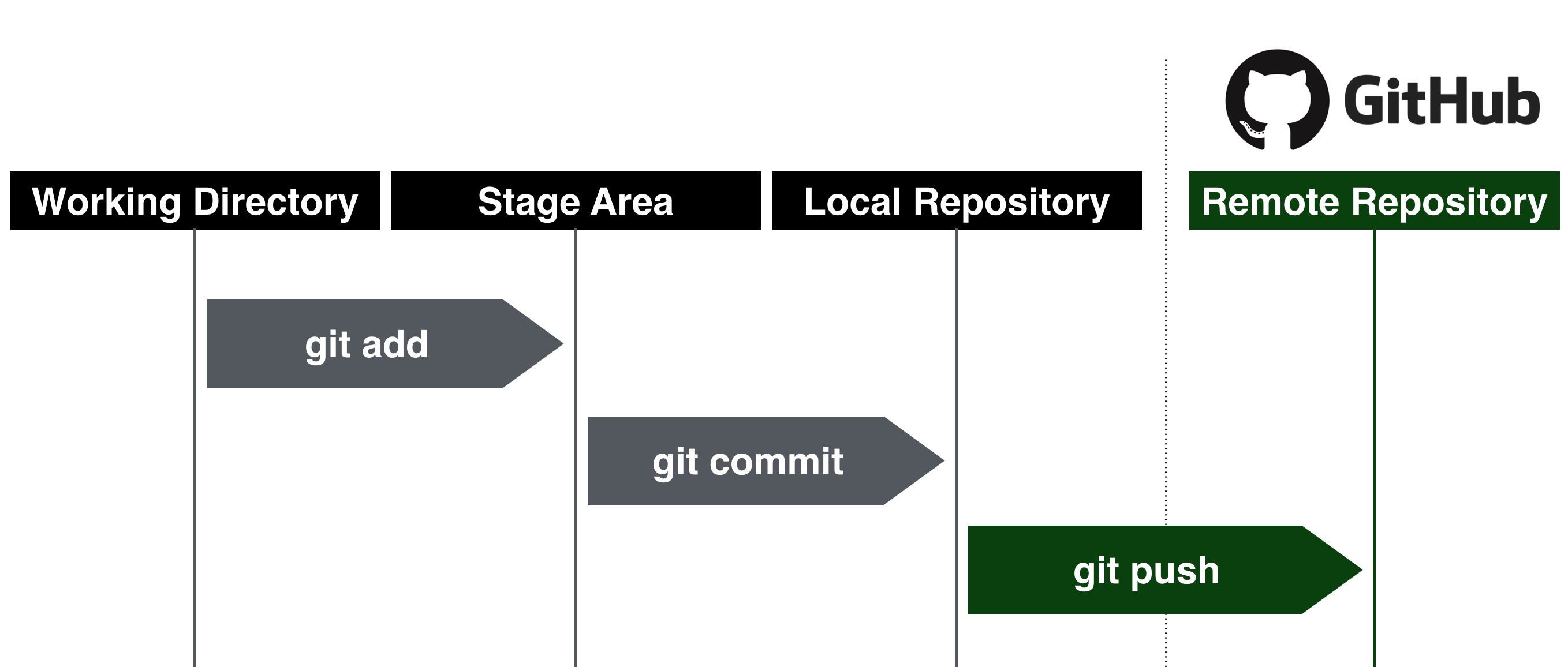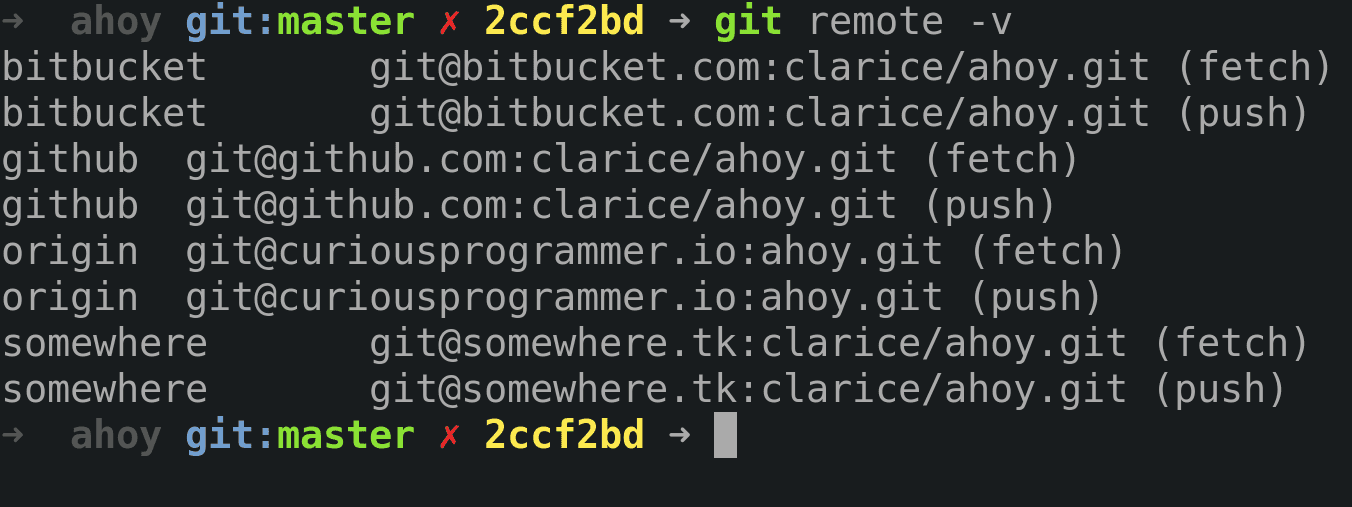
- #Git add remote source how to#
- #Git add remote source install#
- #Git add remote source update#
- #Git add remote source software#
Visual Studio Code ships with Git support built in. There are excellent comparison tools too for you to see changes between commits and changes made in branches. Many users prefer the visual approach in pushing and pulling code and branching of your repository. See Improved Git Experience in Visual Studio 2019 for how you can access the Git features. Open a project that’s controlled by Git (or just git init an existing project), and select the menu item View | Team Explorer from the menu.
#Git add remote source update#
Visual Studio has had a Git client built directly into the IDE since 2013 update 1. Or you can use Git with your favorite editors.

You can access Git through your command line. Note: Git is already installed on Azure Cloud Shell.
#Git add remote source install#
Git installationįirst, you will need to install Git on your local development/engineering machine. And Git provides tooling inside the tools you are used to using. As a cloud engineer, Git becomes the tool for creating and making changes to your Infrastructure as Code.
#Git add remote source software#
Source control is one of the most basic tools that is used in software development.
#Git add remote source how to#
And we’ll show how to deploy using both Azure Pipelines and GitHub pipelines. In this blog, we will show how to integrate into both GitHub and into Azure Repos. Azure DevOps integrates nicely with Bitbucket too, and many others.Īzure DevOps brings you the tools you need to manage large projects, including boards, Azure DevOps integrates nicely with Git and with GitHub. The choice isn’t necessarily between the two repos. GitHub or Azure DevOpsĪ Cloud Guru describes these as DevOps twins. Or you can set up your own hosted Git repository. Many repositories work with Git, such as BitBucket, SourceForge, GitLab, and ones that we’ll talk about in this blog, Azure DevOps and GitHub. Remote repositories are for backup and collaboration.

There is nothing in Git that requires you to have a remote service like GitHub if all you want is version control. A set of references to commit objects, called heads.A git repository contains, among other things, the following: Your local computer has a Git repository. A repository is where you save versions of your code, which you can access when needed. It exists on your local development machine. Github and Azure DevOps Repos are both hosting service for Git repositoryĪ Git repository is a virtual storage of your project.



 0 kommentar(er)
0 kommentar(er)
